When Were Surveillance Cameras First Used ?
Surveillance cameras were first used in the 1940s and 1950s.
1、 Early camera obscura experiments in ancient Greece and China.
When were surveillance cameras first used? Early camera obscura experiments in ancient Greece and China.
The use of surveillance cameras dates back to ancient times, with early experiments conducted in ancient Greece and China. These experiments involved the use of camera obscura, a device that projected an image onto a surface through a small hole or lens. While these early devices were not specifically designed for surveillance purposes, they laid the foundation for the development of modern surveillance cameras.
In ancient Greece, the philosopher and mathematician Aristotle conducted experiments with camera obscura around 350 BCE. He used a darkened room with a small hole in one wall, which allowed light to enter and project an inverted image of the outside scene onto the opposite wall. Although Aristotle's experiments were primarily focused on understanding the nature of light and optics, they inadvertently laid the groundwork for future surveillance technology.
Similarly, in ancient China, the philosopher Mozi described the principles of camera obscura in the 5th century BCE. Mozi's experiments involved the use of a pinhole camera to observe solar eclipses. While his intentions were not related to surveillance, his work contributed to the understanding of optics and the projection of images.
It is important to note that these early camera obscura experiments were not used for surveillance in the modern sense. They were primarily scientific and philosophical endeavors aimed at understanding the nature of light and optics. However, they provided the fundamental principles that later led to the development of surveillance cameras.
The modern concept of surveillance cameras emerged in the late 19th century with the invention of the first closed-circuit television (CCTV) system by German engineer Walter Bruch in 1942. This system used a camera connected to a monitor, allowing for real-time monitoring of a specific area. Since then, surveillance cameras have evolved significantly, incorporating advanced technologies such as digital recording, motion detection, and remote access.
In conclusion, while surveillance cameras as we know them today were not present in ancient Greece and China, the early camera obscura experiments conducted in these civilizations laid the foundation for the development of modern surveillance technology. The concept of capturing and monitoring images through a small opening or lens has evolved over time, leading to the invention of the first CCTV system in the 20th century and the subsequent advancements in surveillance camera technology.
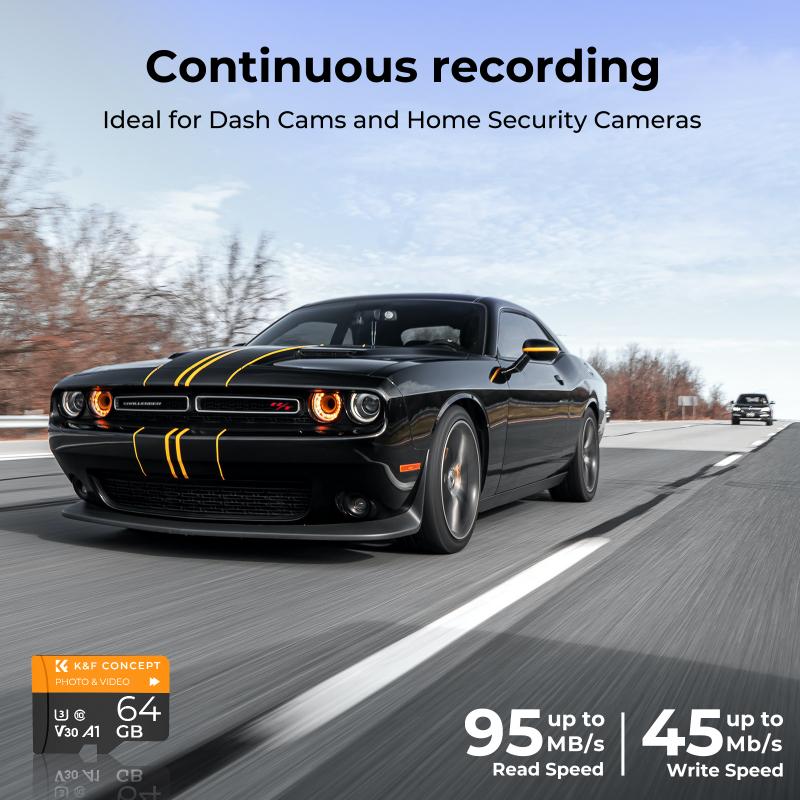
2、 Development of the first practical surveillance cameras in the 1940s.
The development of surveillance cameras can be traced back to the 1940s when the first practical models were introduced. These early cameras were primarily used for military and government purposes, such as monitoring sensitive areas and gathering intelligence. However, it wasn't until the 1960s that surveillance cameras began to be used more widely for public safety and crime prevention.
Over the years, surveillance cameras have evolved significantly in terms of technology and functionality. The introduction of closed-circuit television (CCTV) systems in the 1970s allowed for the monitoring and recording of video footage in real-time. This advancement greatly enhanced the effectiveness of surveillance cameras in deterring criminal activities and aiding in investigations.
In recent years, the use of surveillance cameras has become even more prevalent due to advancements in digital technology. High-definition cameras with improved image quality and greater storage capacity have become the norm. Additionally, the integration of artificial intelligence and facial recognition technology has further expanded the capabilities of surveillance systems.
The widespread adoption of surveillance cameras has sparked debates regarding privacy concerns and the balance between security and civil liberties. Critics argue that the constant monitoring of public spaces infringes upon individuals' right to privacy. However, proponents argue that surveillance cameras play a crucial role in deterring crime, assisting law enforcement, and ensuring public safety.
As technology continues to advance, surveillance cameras are likely to become even more sophisticated and pervasive. The integration of smart city initiatives and the Internet of Things (IoT) may lead to the development of interconnected surveillance systems that can monitor and analyze data in real-time, further enhancing security measures.
In conclusion, the development of the first practical surveillance cameras in the 1940s marked the beginning of a technological revolution in the field of security and surveillance. Since then, surveillance cameras have evolved significantly, becoming an integral part of public safety and crime prevention efforts. While concerns about privacy persist, the benefits of surveillance cameras in deterring crime and ensuring public safety cannot be ignored.
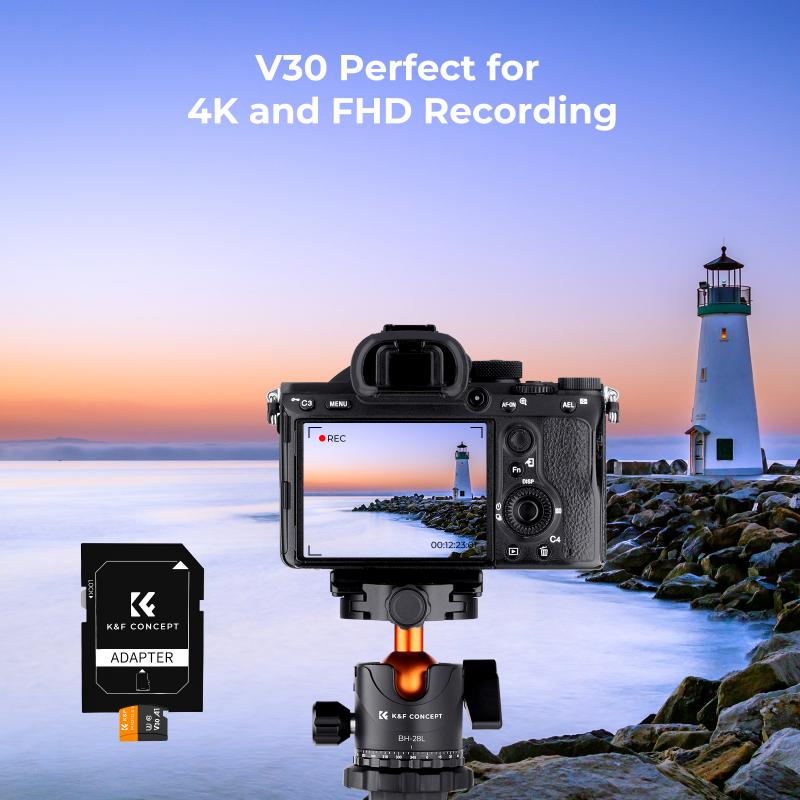
3、 Adoption of closed-circuit television (CCTV) systems in the 1960s.
Surveillance cameras, also known as closed-circuit television (CCTV) systems, were first adopted in the 1960s. These early systems consisted of analog cameras connected to monitors via coaxial cables, allowing for real-time monitoring of specific areas. The primary purpose of these cameras was to enhance security and prevent crime in public spaces, such as banks, government buildings, and retail stores.
Over the years, surveillance camera technology has evolved significantly. The introduction of digital cameras in the 1990s marked a major milestone in the industry. Digital cameras offered higher image quality, improved storage capabilities, and the ability to transmit video footage over computer networks. This advancement allowed for more efficient monitoring and recording of surveillance footage.
In recent years, there has been a rapid expansion in the use of surveillance cameras. The advancements in technology, such as high-definition cameras, facial recognition software, and artificial intelligence, have greatly enhanced the capabilities of these systems. Surveillance cameras are now commonly used in various settings, including public spaces, transportation hubs, residential areas, and even in personal homes.
The increased use of surveillance cameras has sparked debates regarding privacy concerns and the balance between security and individual rights. Critics argue that the widespread use of surveillance cameras infringes upon personal privacy and can be used for unethical purposes. Proponents, on the other hand, argue that these cameras play a crucial role in deterring crime, assisting law enforcement investigations, and ensuring public safety.
As technology continues to advance, surveillance cameras are likely to become even more sophisticated. The integration of artificial intelligence and machine learning algorithms into these systems has the potential to revolutionize the way surveillance is conducted. However, it is essential to strike a balance between the benefits of surveillance cameras and the protection of individual privacy rights.

4、 Advancements in video surveillance technology during the 1980s.
Surveillance cameras, also known as closed-circuit television (CCTV) cameras, have become an integral part of our modern society. They are used for various purposes, including crime prevention, public safety, and monitoring of public spaces. The history of surveillance cameras dates back several decades, with significant advancements occurring during the 1980s.
The use of surveillance cameras can be traced back to the mid-20th century when they were primarily used for military and government purposes. However, it was during the 1980s that video surveillance technology began to evolve rapidly. Advancements in camera technology, such as the introduction of digital video recording (DVR) systems, greatly improved the quality and storage capabilities of surveillance footage.
During this time, surveillance cameras started to be used in public spaces, retail stores, and banks to deter crime and monitor activities. The increased affordability and accessibility of CCTV systems made it possible for more organizations and individuals to implement video surveillance.
Since the 1980s, surveillance cameras have continued to evolve and improve. The introduction of internet protocol (IP) cameras in the late 1990s revolutionized the industry by allowing for remote access and control of surveillance systems. This advancement enabled real-time monitoring and the ability to store and analyze vast amounts of video data.
In recent years, there has been a significant increase in the use of surveillance cameras due to advancements in technology and the growing concern for public safety. High-definition (HD) cameras, facial recognition software, and artificial intelligence (AI) algorithms have further enhanced the capabilities of surveillance systems.
However, the use of surveillance cameras has also raised concerns about privacy and civil liberties. The widespread deployment of cameras in public spaces has sparked debates about the balance between security and individual rights. As technology continues to advance, it is crucial to have regulations and policies in place to ensure the responsible and ethical use of surveillance cameras.
In conclusion, surveillance cameras were first used in the mid-20th century for military and government purposes. However, it was during the 1980s that significant advancements in video surveillance technology occurred, leading to their increased use in public spaces and commercial establishments. Since then, surveillance cameras have continued to evolve, incorporating digital recording, IP technology, and advanced analytics. While they have undoubtedly contributed to public safety, concerns about privacy and ethics remain important considerations in their use.
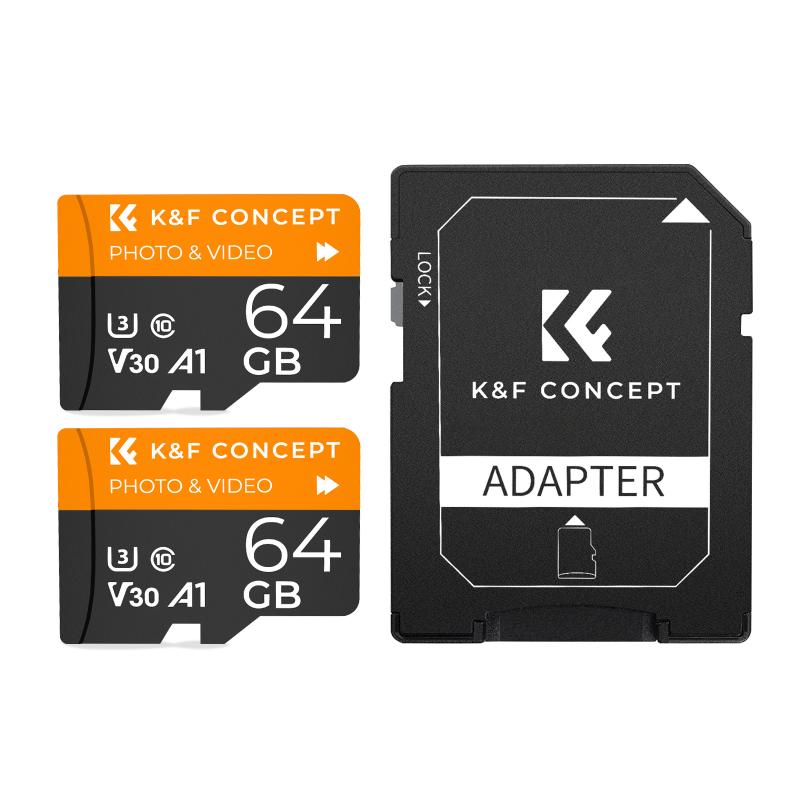





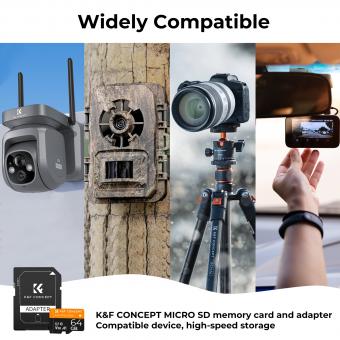






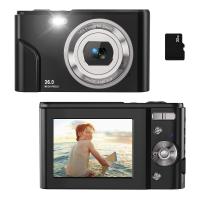

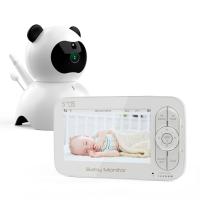
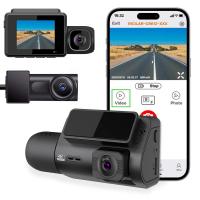


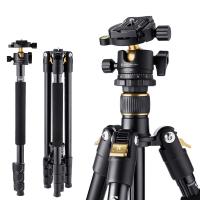
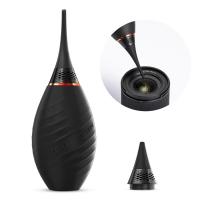



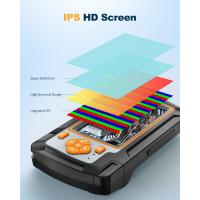
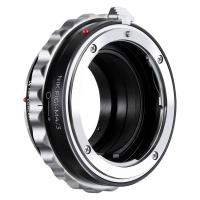
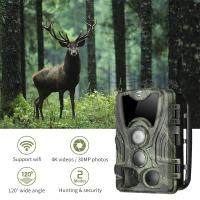
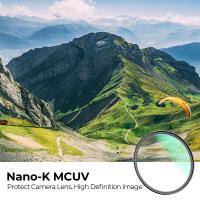


There are no comments for this blog.